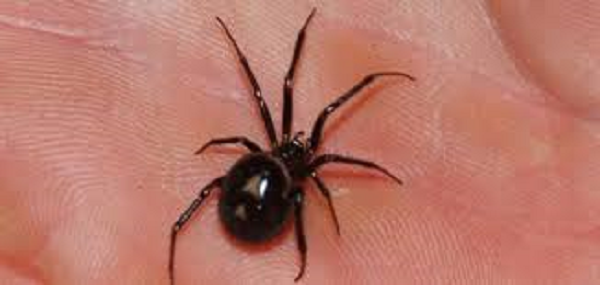False widow spider bite leaves 13-year-old boy with a rotting hole in his arm
"It was really horrible, the bite had gone black and had pus in it," 13-year-old Jamie Harrison said.

A false widow spider bite has left a 13-year-old boy from Devon in a painful state. The insect bite caused infection and he was left with a rotting hole in his arm.
Jamie Harrison, was asleep when the spider bit him. When he woke up, he found a hole in his arm which was painful, the Mirror reports.
Soon the mark swelled into a large boil which started oozing pus. Jamie was bitten at the end of June and was rushed to Torbay Hospital A&E on 1 July after the infected part began to swell.
The doctors confirmed that the teen was bitten by a false widow spider, which delivers a neurotoxic venom when it bites, Devon Live reported.
Harrison said, "It was really horrible, the bite had gone black and had pus in it. I just wanted to get rid of it as it was uncomfortable and looked awful."
"She [the doctor] managed to squeeze all the blackness out. It was a relief when it was all out, but it left behind a pretty big hole about the size of a 50p piece."
The doctor drained the blackness from the bite and the cavity was packed with surgical gauze. Harrison was given a four-week course of antibiotics. He now has a small scar left on his arm.
"I felt a bit better afterwards as it didn't hurt to the touch but for three weeks I was unable to go swimming with my mates at the beach which was quite annoying," Harrison was quoted as saying.
These false widow spiders are distinctive for their shiny, black flesh, bulbous bodies and have thick legs and skull-like patterns. They have long legs and can reach about 15mm in size.
They are also known as steatoda nobilis. The spider is frequently confused for the black widow, which has a deadly venom.
In the UK, the false widow was first spotted in Torquay, Devon, in the year 1879.



















